People
Skilled teams create clear helpful conversations.
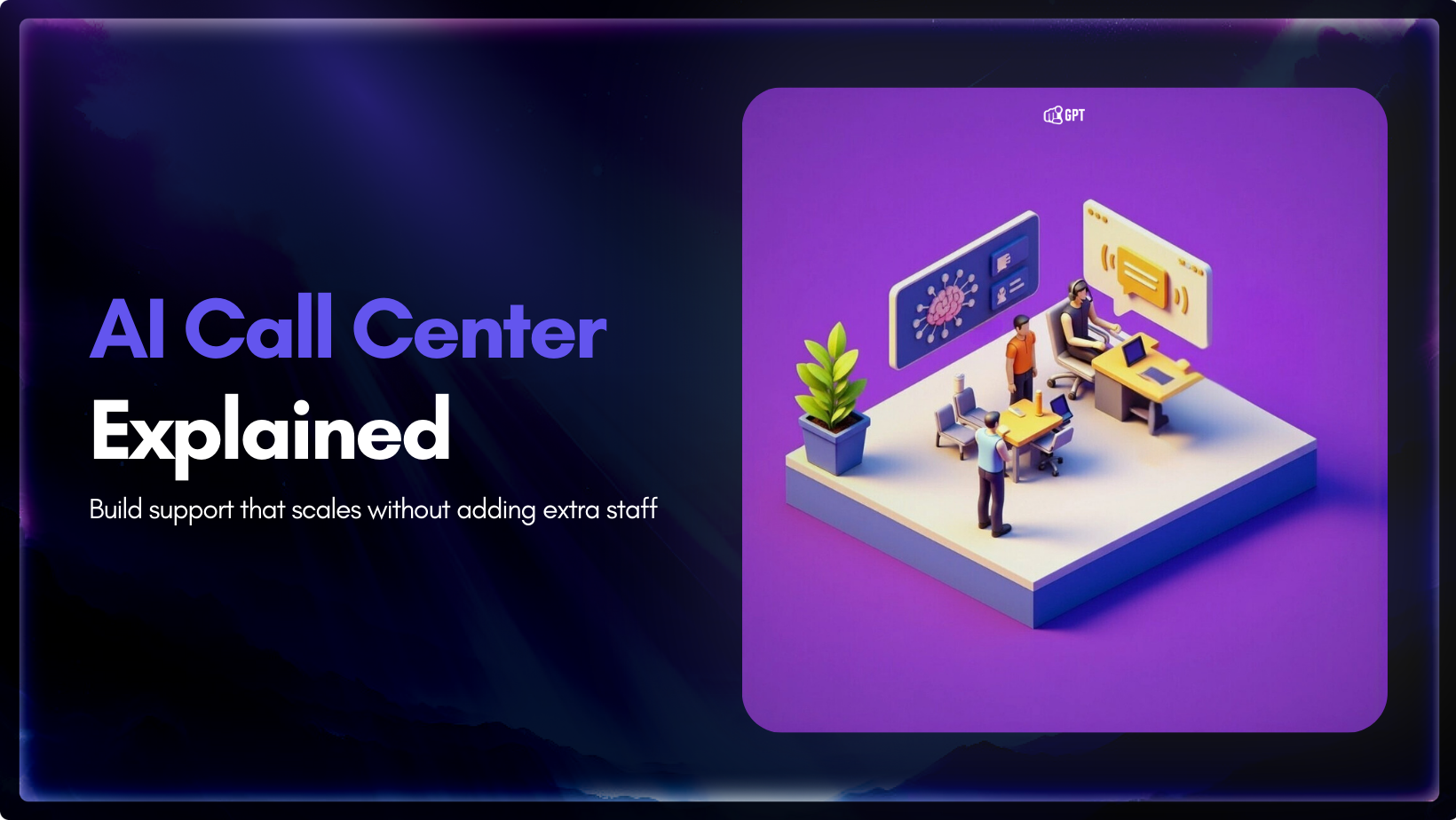
AI call center in 2025 is a practical way for big businesses to manage large volumes of customer conversations with speed and accuracy. It combines AI tools with human agents so every interaction on phone, live agents, or email is handled efficiently and with context.
The technology behind it makes service smarter. AI models help understand the intent as customers speak or type. The routines inquires are directly handled by AI and understanding of AI routes the complex request cases to live agents who already is an expert ready to help the user.
This approach produces good results across key measures. Average handle time decreases because common checks are automated. Satisfaction scores improve as customers receive faster and more accurate answers. Businesses reduce costs per interaction while maintaining consistent quality across all channels.
In this guide we explain how AI call centers operates, how call center works, the tools that bring them to life. The outcome is a call center that delivers efficiency for the business and better experiences for customers.
A call center is a centralized team of specialists dedicated to managing customer interactions. Traditionally, this meant answering inbound calls, but modern call centers now support customers across multiple channels including phone, chat, email, SMS, and social media. Their role is to provide quick, accurate assistance while shaping the overall customer experience.
Call centers often have different priorities depending on the business model. Some are designed to maximize customer satisfaction (CSAT) by troubleshooting issues, processing orders, and resolving concerns quickly. Others focus on outbound efforts such as generating leads, qualifying prospects, or running sales campaigns. In both cases, call centers play a critical role in strengthening relationships, building loyalty, and ensuring consistent brand communication.
Most call centers operate around two primary functions:
By consolidating all interactions into one hub, a call center not only ensures consistency across channels but also captures valuable customer insights. These insights can then be used to improve products, optimize processes, and refine the overall customer journey.
AI call center builds on the same foundation as a traditional call center but adds intelligence at every stage of the interaction. Instead of routing every request directly to a live agent, the first layer of contact is handled by specialised AI agents.
These AI agents listen, interpret, and act on customer requests in real time. Simple tasks such as order tracking, password resets, or account updates are completed automatically. When the request requires judgment or falls outside of predefined rules, the AI agent transfers the case to a human agent together with full context and history.
This design changes how call centers operate:
By reducing manual workload and improving accuracy, AI call centers give enterprises both lower costs and better customer outcomes. They shift the function from a cost-heavy support line into a system that drives efficiency and customer loyalty.
Every customer interaction is an opportunity to build loyalty and create value. A well-managed call center goes beyond simply resolving issues—it becomes a driver of retention, insights, and revenue growth.
When customer support is treated as a strategic function rather than just a cost center, call centers turn into engines of growth. They protect revenue, generate insights, and create experiences that keep customers engaged long after the first interaction.
A strong call center rests on people process and technology. Together they help agents resolve issues quickly and keep customers satisfied.
Skilled teams create clear helpful conversations.
Clear steps reduce errors and wait time.
Modern tools connect channels and surface context fast.
When people process and technology align your call center resolves issues faster and delivers consistent support customers expect.
Businesses today choose from five main call center models: AI-assisted, omnichannel, inbound, outbound, and virtual. Each type has a clear role, measurable metrics, and unique benefits. Selecting the right mix helps you reduce costs, improve customer satisfaction, and increase revenue.
| Type | Function | Key Metrics | Benefits |
|---|---|---|---|
| AI Assisted (Virtual Agent) | Automates call routing, transcription, and first-line query resolution | Self-Service Rate, Bot Accuracy | Deflects routine queries, frees human agents for complex cases |
| Omnichannel | Handles voice, chat, email, SMS, and social in one system | Customer Satisfaction (CSAT), Response Time | Keeps context across channels, improves customer experience |
| Inbound | Manages customer support, billing, and renewal queries | First Call Resolution (FCR), Average Handle Time (AHT) | Faster resolution, higher satisfaction |
| Outbound | Runs sales campaigns, surveys, and customer re-engagement | Conversion Rate, Dial-to-Connect Ratio | Increases revenue, strengthens customer reach |
| Virtual / Remote | Agents work remotely using cloud-based platforms | Schedule Adherence, Occupancy Rate | Access to wider talent pool, lower overhead costs |
Every successful call center follows a structured process to resolve customer issues quickly and accurately. This workflow reduces wait times, keeps interactions consistent, and gives agents the context they need to deliver effective support.
The process starts when a customer calls, opens a chat widget, or taps the help option in an app. The system captures the request and creates a case record.
An interactive voice response (IVR) system or an AI-powered chatbot collects information such as account number or issue type. Simple queries are resolved instantly, while complex cases are sent to agents.
The system routes the request to the right agent based on skill, language, and availability. This reduces transfers and improves first-call resolution.
The assigned agent can see the customer’s history, past tickets, and notes. With scripts and knowledge base access, they resolve the issue or arrange the next steps.
After the interaction, the agent logs the outcome. The system may send a survey, close the case, or schedule follow-up if needed.
A step-by-step view of how customer issues move from first contact to resolution.
Customer calls, chats, or taps help in an app.
System or chatbot gathers basic details.
Customer connected to best-fit agent.
Agent uses history and resources to solve the issue.
Agent logs details and tags outcome.
The technology stack defines how well a call center serves its customers. The right tools reduce friction for agents, shorten resolution time, and create consistent customer experiences.
Agents often waste time switching between apps. An all-in-one console brings phone, chat, email, and SMS into a single view.
AI-powered assistants support agents in real time by transcribing calls, tagging customer sentiment, and suggesting responses. They can also handle up to a quarter of routine queries on their own, allowing live agents to focus on higher-value conversations.
Self-service has become a key expectation. A good portal provides guides, searchable knowledge bases, and FAQ chatbots.
Keeping teams organised and motivated is vital. Workforce suites combine scheduling, training, and monitoring into one system.
Context is everything in support. By connecting your call center to a CRM platform, agents see a customer’s full history the moment a call or chat begins.
Connecting your call center with a ensures that agents automatically see a customer’s history, recent purchases, and open tickets during an interaction. With this context at hand, agents can personalize their responses and resolve issues more quickly.
When these tools work together, agents can give customers their full attention. The experience is quicker, conversations flow smoothly, and clear rises in agent productivity and customer satisfaction.
Follow these daily habits to keep your team sharp, motivated, and consistent:
These steps reduce turnover by about 15 percent and ensure reliable, quality service every day.
The best call centers measure both efficiency and customer experience. Tracking a few core KPIs gives leaders the visibility to improve operations and keep customers satisfied.
Review these metrics weekly through a live dashboard. If AHT spikes or CSAT dips, investigate call logs to spot the root cause. Training updates, script changes, or staffing adjustments often bring metrics back in line. Consistent reviews keep the operation on target and improve customer outcomes.
AI call centers use bots and live speech analysis to handle simple requests, letting agents focus on tougher problems and providing customers with faster, more accurate answers.
Begin with a 30-day audit: log call volumes, list top issues, and identify software gaps. Then introduce AI triage, train agents on common scenarios, and scale gradually.
Start with routine tasks like order-status checks and password resets to free agents for complex queries and achieve early AI wins.
Track first-call resolution, average handle time, customer satisfaction, and the percentage of calls handled autonomously by bots on a weekly basis.
Look for a unified agent screen, AI-powered routing, CRM integrations, and live performance dashboards for full visibility.
Combine product training with role-plays on frequent issues, and hold short daily huddles to share quick tips from recent calls.
Introduce new channels once voice support metrics meet targets for handle time and first-call resolution. Scale one channel at a time.
Share success stories each morning, reward high satisfaction scores, and offer flexible shifts or wellness resources.
Predictive routing uses AI to match callers with the best agent for their issue, reducing transfers and speeding up resolution.
Conduct weekly meetings to update scripts, tweak workflows, and adjust schedules based on the latest data and feedback.
A good call center combines people, processes, and technology. Agents need clear guidance, recognition for their work, and the right support to stay motivated. Processes must focus on reducing wait times, keeping communication simple, and giving customers quick answers. Technology then adds the structure that helps teams respond faster and with more accuracy.
YourGPT strengthens this foundation by adding practical AI capabilities. It takes on routine tasks that slow agents down, provides real time assistance during conversations, and connects every interaction to the right action. With this support, teams can focus on meaningful customer conversations and improve results such as first call resolution and customer satisfaction.
Success also depends on measurement. Leaders who review performance regularly can identify patterns in call volume, resolution times, and satisfaction scores. These insights guide improvements in staffing, training, and tool adoption. When people and technology move together, the operation grows stronger and more reliable.
A good call center is not only about solving problems quickly. It builds lasting trust with customers, creates loyalty that supports long term growth, and shows the business as one that listens and responds. With YourGPT in place, the transition from reactive support to proactive service becomes a practical path that benefits both customers and the business.
YourGPT brings advance AI and real-time agents intelligence to call centers so every customer conversation is faster, smarter, and more consistent.
Full access for 7 days • No credit card required
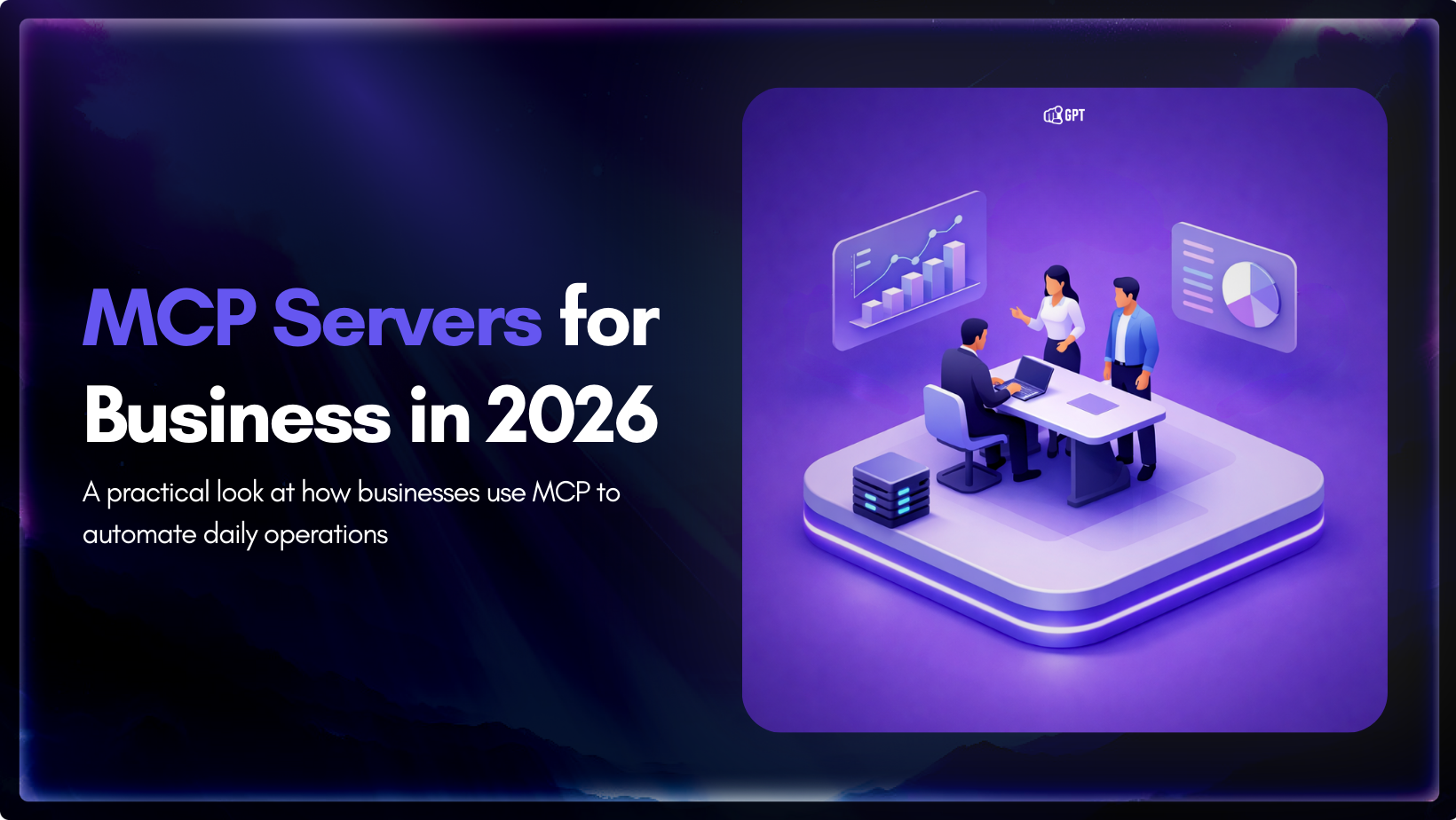
Growth-focused teams move faster when their tools work together instead of competing for attention. Modern development depends on multiple systems to ship code, review changes, monitor services, and access data. Each system serves a purpose, but routine work often means moving between dashboards, scripts, and internal tools. These small transitions shape how consistently a team […]

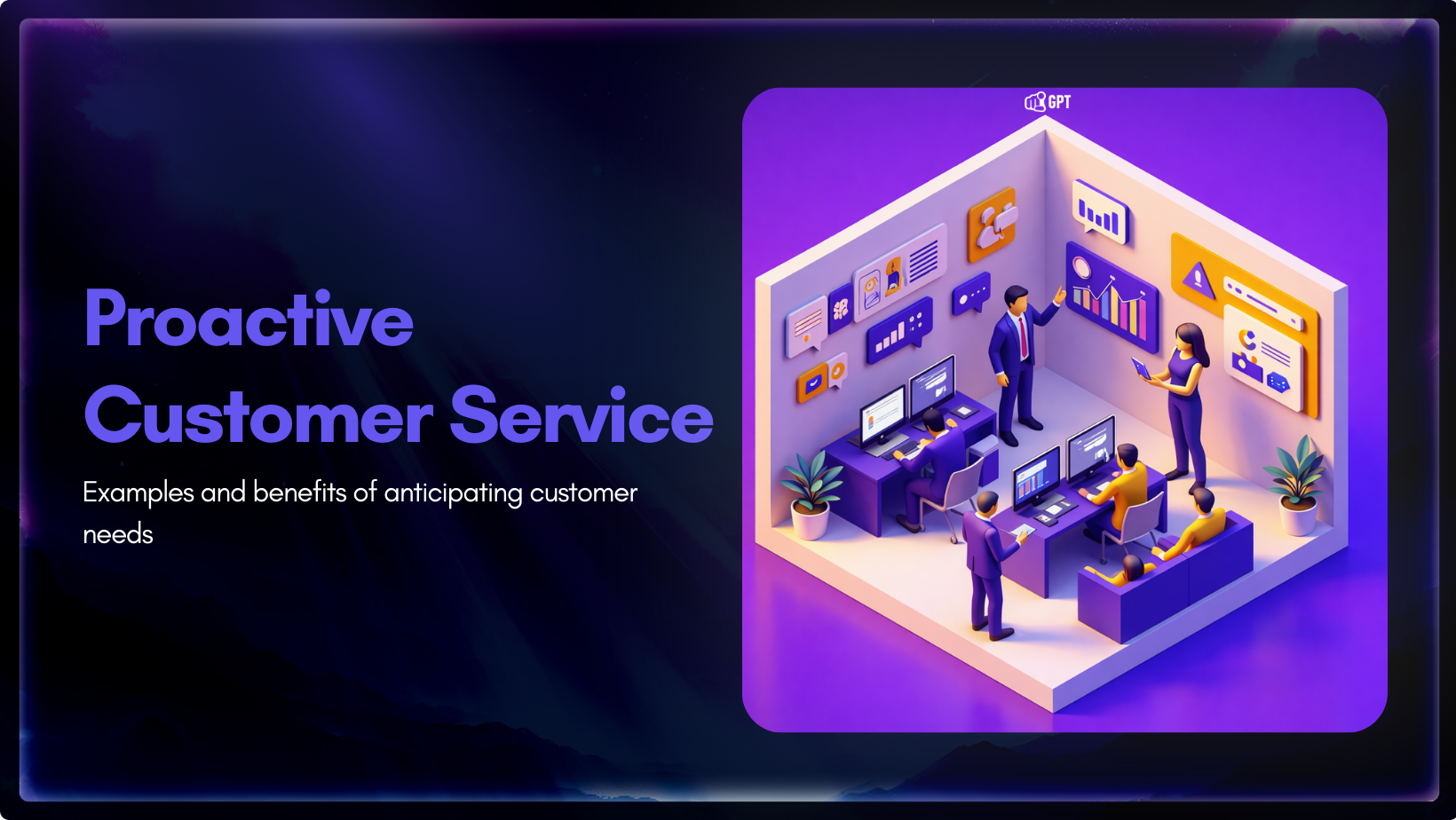
Most customer service moments begin long before a ticket is created. Something feels off. A payment does not go through. A delivery update stops moving. A user gets stuck at the same step and tries again. Customers usually pause, check, retry, and wait before they decide to ask for help. Proactive customer service works inside […]

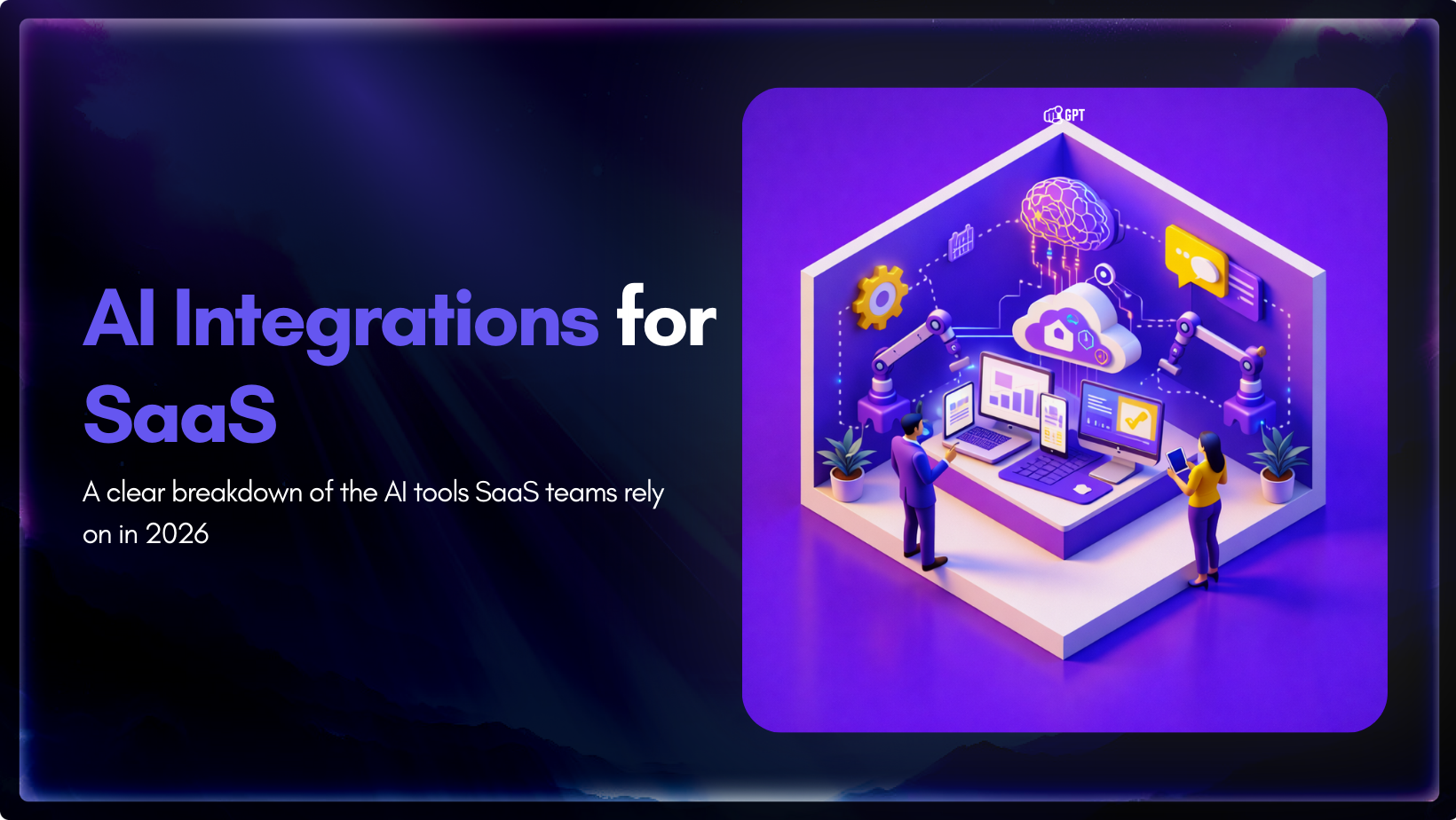
AI has become a core part of how modern SaaS products are built and delivered. In 2026, customers expect intelligent assistance to be available throughout their journey, from onboarding and everyday product usage to support and account management. Inside SaaS teams, AI is increasingly used to speed up workflows, reduce repetitive tasks, and improve how […]

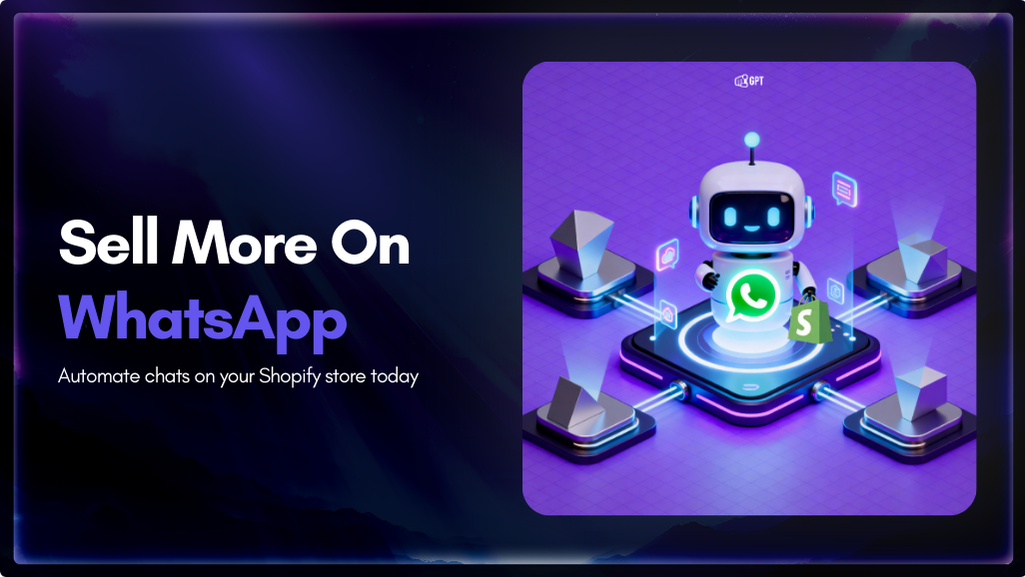
Shopify stores often use a chatbot on their website to handle product questions, order updates, and support. But customers also message on WhatsApp expecting the same quick answers. Most of them already use WhatsApp throughout the day, so reaching out there feels natural. A chatbot that works across both channels responds in seconds, guides purchase […]

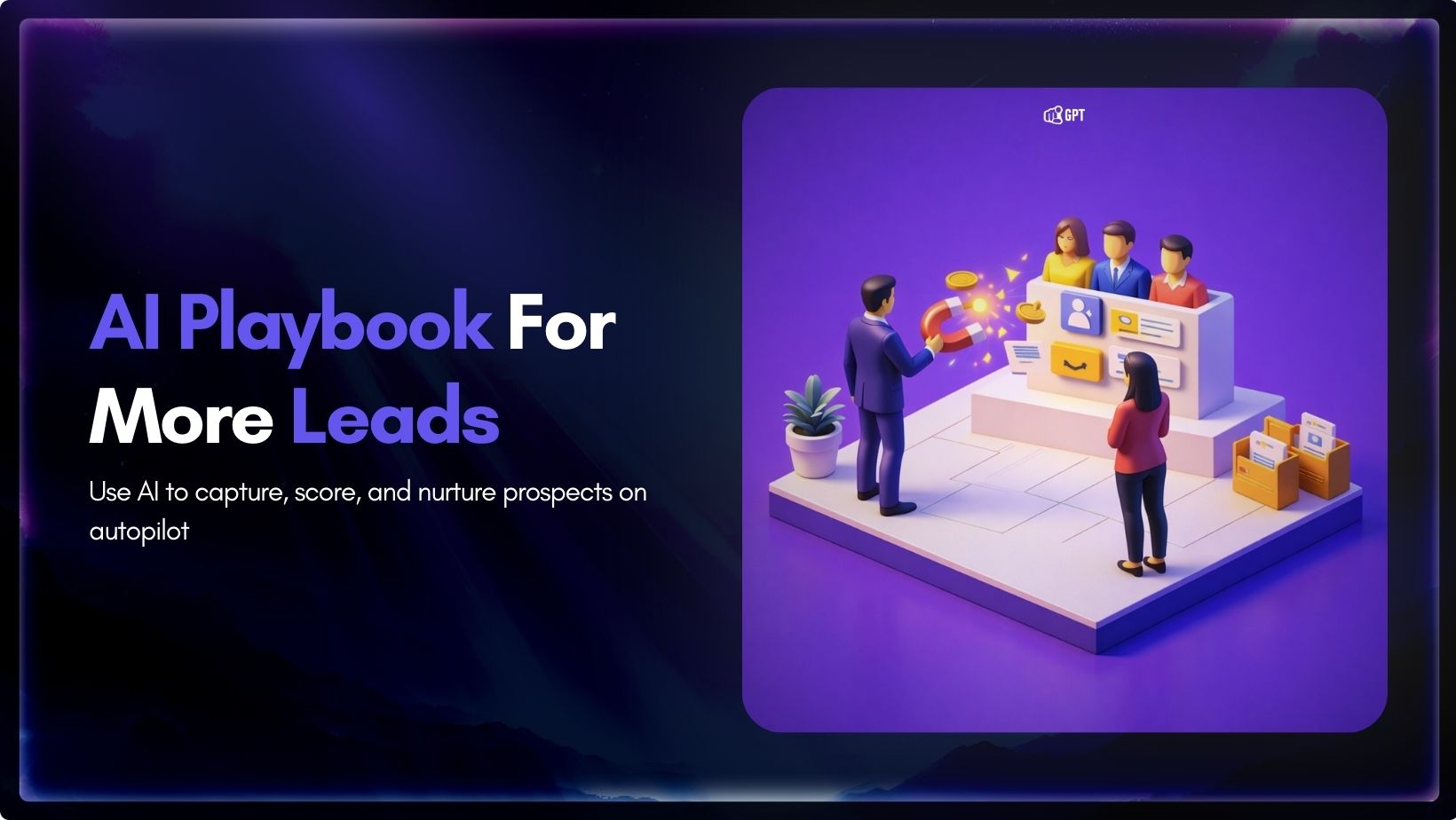
Most businesses do not struggle to generate leads. They struggle to know which ones are worth acting on. Forms get filled, DMs arrive, emails are opened, and chats happen across multiple tools. Some prospects convert. Most do not. The real problem is that there is no reliable way to tell, early enough, which signals actually […]

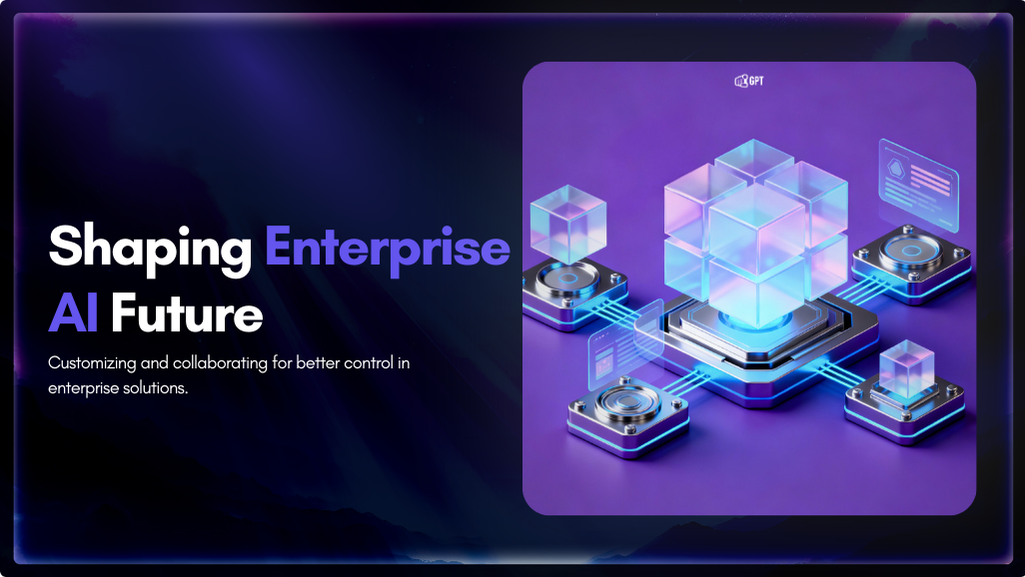
Artificial Intelligence has advanced quickly over the past five years, moving from an experiment to a standard component of modern business. AI has become a central part of enterprise strategy. 88% of organizations are now using AI. This figure has increased from 78% the year before. This transformation is reshaping how companies run, communicate, and […]
